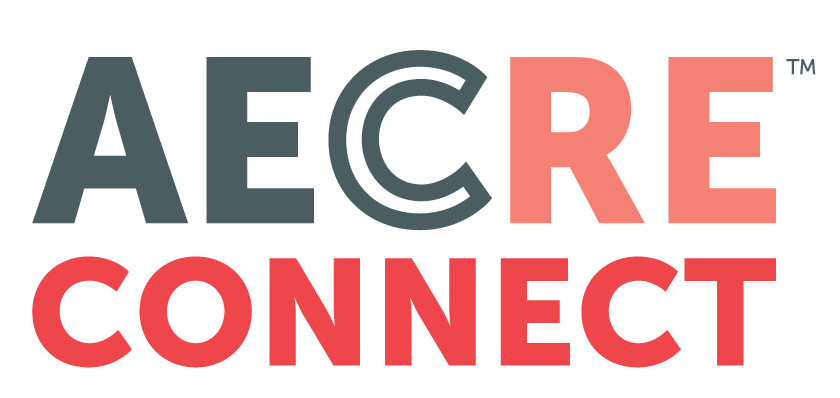Read the original article from ArizonaEconomy.com, a product of Elliott D. Pollack & Company, here.
In the July 27th MMQ we discussed a study of the Dutch healthcare system entitled “How the March-April COVID-19 Surge Overwhelmed Dutch Hospitals and Undermined Regular Care.” The study showed that the COVID-19 care response in the Netherlands saved 13,000 to 21,000 life years but that gain came at a cost of 100,000-400,000 life years due to a reduction of regular care. Obviously, this was not a good trade-off and indicates that something has to change. Now more information is coming out about the trade-offs in the U.S. that were also highly negative for the same reasons. Many people felt that they should not go to hospitals or couldn’t get regular treatment for serious non-COVID related problems due to the way regular patients were being treated by the medical system during the COVID-19 pandemic.
In a September 19th Wall Street Journal article entitled “Death Toll From COVID-19 Pandemic Extends Far Beyond Virus Victims” more evidence came to light showing that the U.S. also had an irrational trade-off because during the pandemic “there was a pretty dramatic drop-off in ER visits, elective surgery screenings, things that Americans do all the time to keep themselves healthy.” The article stated that “The CDC estimates that there were somewhere between 202,000 and 263,000 excess deaths in the U.S. this year through late August measured against deaths from 2017 through 2019.” The CDC tracked thousands of deaths for conditions that include hypertension, strokes, heart attacks and diabetes. In New York City, the city-wide death count surge far exceeded the number of COVID-19 related deaths. Hopefully, the powers that be will get the message and correct the situation, not only for the remainder of the COVID-19 pandemic, but, for future epidemics and pandemics.
The most significant national economic news last week came from the FED meeting. Jeremy Powell, the FED Chairman, indicated that he expected short-term rates to stay near zero through 2023. The FED is signaling to consumers, businesses and investors that it won’t raise rates even if inflation does exceed its old 2% target. While the FED was silent as to what the level of inflation would have to be before rates would go up, it is indicating that getting back to full employment has top priority. A major offshoot of this policy will be the continued redistribution of wealth from savers to borrowers. That’s great if you are a borrower. Not so great if you’re a saver.
As for other economic news, initial claims for unemployment insurance improved but not by much. Leading indicators rose modestly as did the University of Michigan Consumer Sentiment Index. Industrial production rose a little from last month but is still well below year ago levels. Retail sales, not surprisingly, were up in August but not by as much as July when the CARES Act was still subsidizing the weekly paychecks of the unemployed. Single family permits were up a lot while multifamily permits were down. And homebuilder confidence was at record levels.
In Arizona, employment levels remained below the level from last year. Employment (seasonally adjusted) was up for the month. The state is 3rd out of the 50 states in terms of job performance for the first 8 months of the year. Because of a decline in the labor force, the unemployment rate fell. Greater Phoenix employment, while also down, was down less than the state as a whole. For the first 8 months of 2020, Greater Phoenix was the best performing of the 32 major employment markets in the country. That’s outstanding. Also, Greater Phoenix single family permits were up more than 25% over a year ago in August. And Greater Tucson also had a good month in August with a 9.9% gain in single family permits.
U.S. Snapshot:
• Initial claims for unemployment insurance fell by 33,000 to 860,000 for the week ending September 12th. This was disappointing. The number was 307% above year earlier levels.
• Along with other August data, leading indicators suggest a decelerating recovery. The index increased 1.2% in August to 106.5. The index is still 4.7% below year earlier levels. It has, though, improved for four consecutive months.
• The University of Michigan Consumer Sentiment Index rose to 78.9 in September. That’s a 6.5% increase over August. But the index is still down 15.3% from a year ago. It is an optimistic note to last week’s relatively lackluster data.
• The initial bounce in industrial production may have run its course. Industrial production, like many other economic indicators, jumped after states reopened their economies. But growth has moderated recently. The index was up a modest 0.4% in August after a 3.5% gain in July.
• The recovery in retail sales, not surprisingly, slowed in August. This is not surprising for two reasons. First, the end of the CARES Act unemployment benefits on August 1st had to cool spending for a significant percent of the population. And second, the recovery is almost complete. Retail sales were not only up 0.6% for the month but were up 2.6% over year earlier levels. They have made up the ground lost in March and April. The recovery is limited to retail and is not consistent across segments. Unlike most economic declines that are caused by the movement of the business cycle, this decline was caused by a government mandated shutdown of those parts of the economy that are related to crowds. That means things like services were more heavily impacted than normal. So, durable goods are up while spending on services are not. This will be a problem until more service-related businesses can open or more fully open.
• Single family permits in August exceeded 1 million units at an annual rate. The 1,036,000 units permitted (annual rate) in August was a 6.0% gain over July and a 15.6% gain over a year ago. That market continues to show great strength.
• Not surprisingly given the above, the NAHB Housing Market Index reached a record high in September. The index rose to 83 from 78 in August and 68 a year ago.
Arizona Snapshot:
• Initial claims for unemployment insurance in Arizona rose to 12,756 last week. That’s up from 11,343 the previous week and now stands 250% above a year ago. The number of initial claims has now been on a plateau for almost two months. This is both surprising and disappointing. It suggests that jobs are tough to get at the moment.
• August employment in the state was down 3.4% from a year ago. That’s a loss of just over 100,000 jobs. Year-to-date, employment is down 2.0% compared to the first eight months of 2019. Seasonally adjusted employment for the month was up 0.9% over July.
• The unemployment rate dropped to 5.9% in August. That’s down from 10.7% in July. The reason for the significant decline was a drop in the labor force. That suggests that a large number of the unemployed stopped looking for work in August. This is unusual and has to be watched to see if it’s an aberration or something more significant. This data series has been volatile in the past.
• Overall, the employment picture is improving. The largest numerical declines from a year ago are in the mainly services such as leisure and hospitality, professional and business services, and information. • Arizona is now third in employment out of the 50 states. Its rate of decline is much lower than all other states except Utah and Idaho. This is an excellent performance.
• Greater Phoenix employment in August was 3.5% below year earlier levels and was down 1.7% for the first eight months of the year compared to the similar 2019 period. For the month, employment was up 0.7% from July. The unemployment rate also dropped to 5.9% mainly due to a decline in the labor force.
• There are 32 major employment markets in the U.S. Greater Phoenix was the best performing major employment market in the country for the first eight months of 2020.
• Greater Tucson employment was down 3.4% from a year ago and 2.5% year-to-date in August. Employment in that area of the state was up 2.4% compared to July. The unemployment rate was also 5.9%. • According to R.L. Brown, single family building permits in Greater Phoenix were up 25.3% in August compared to a year ago. There were 2,537 units permitted in August this year compared to 2,035 permitted a year ago. Year to date, permits are up 11.9% over 2019. This is a spectacular performance. The major concern is rapidly rising construction costs. But, as long as mortgage rates stay low, the housing market should perform well.
•The Southern Arizona housing market (Greater Tucson) is also doing well. Single family permits were up 9.9% in August compared to a year ago and are up 9.0% compared to the first 8 months of 2019.7505 East Sixth Avenue, Suite 100
Scottsdale, Arizona 85251
480-423-9200
Website | Twitter | Facebook



